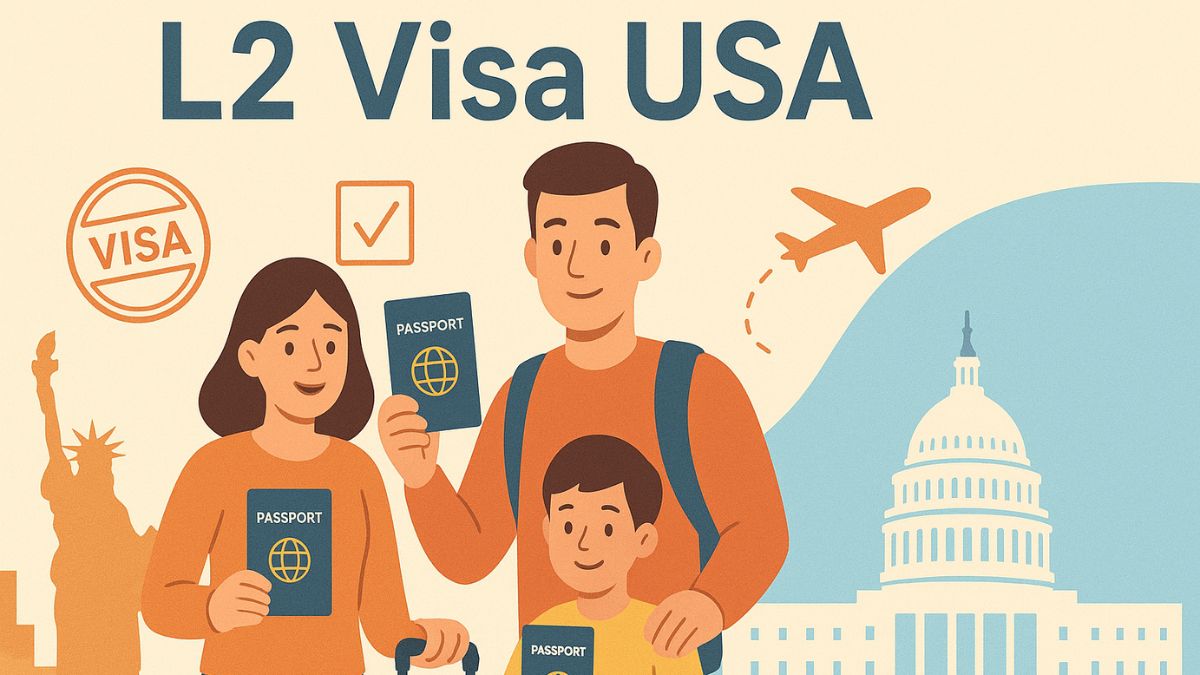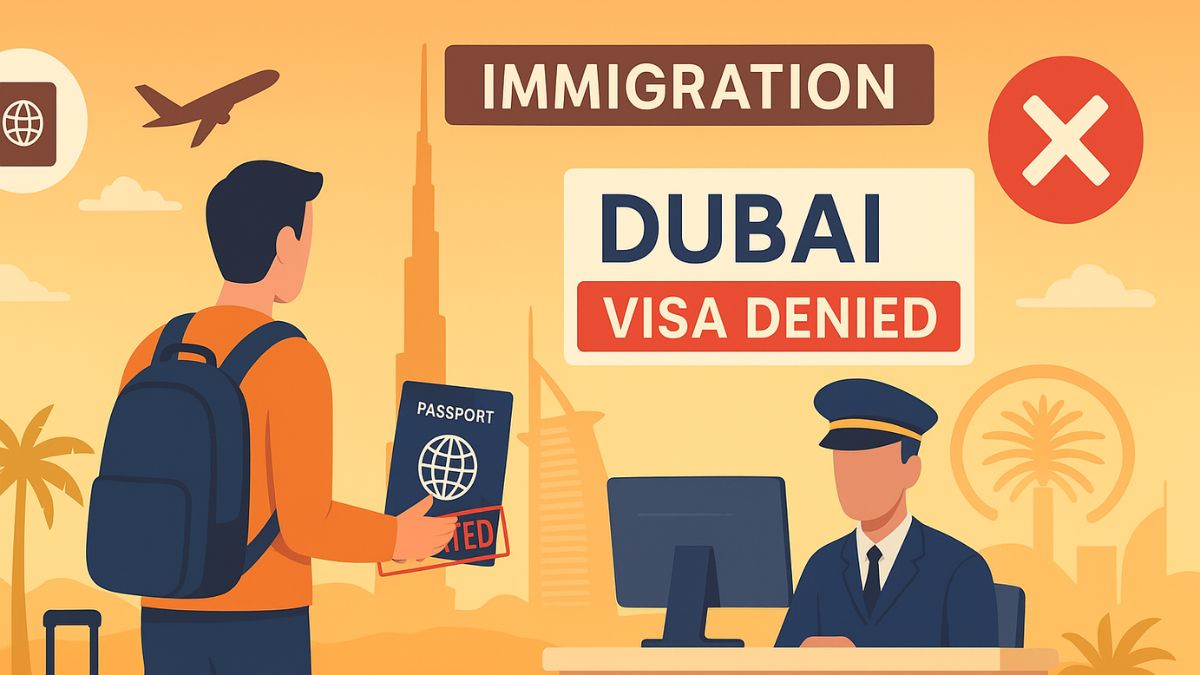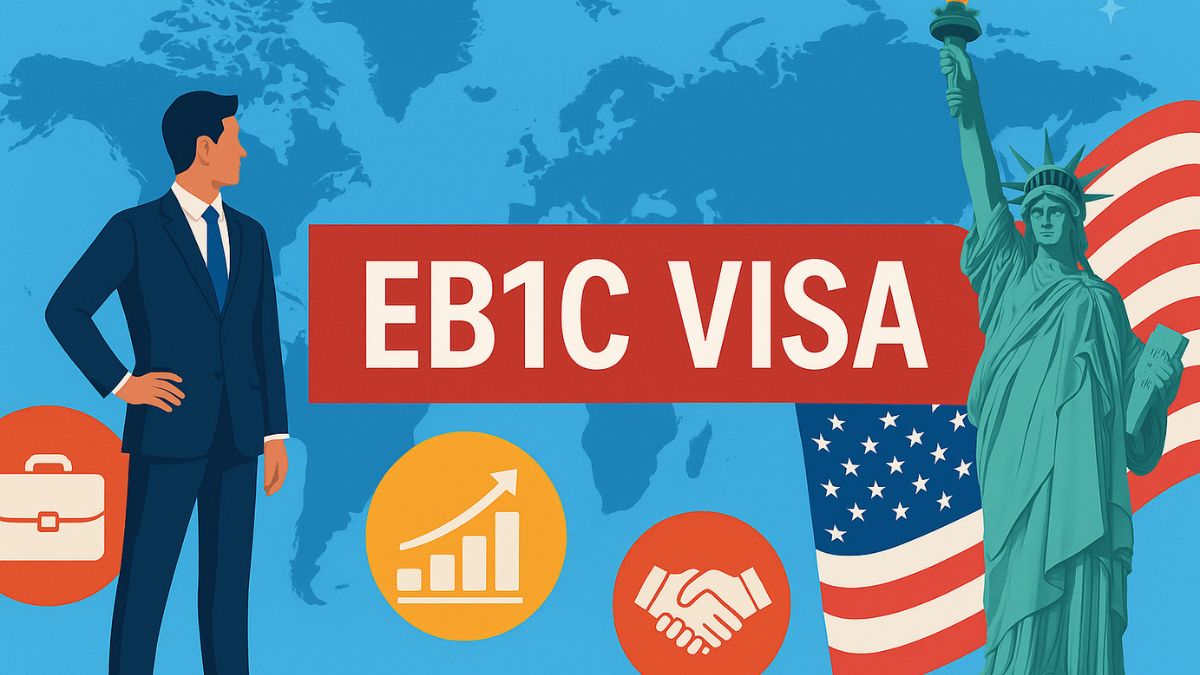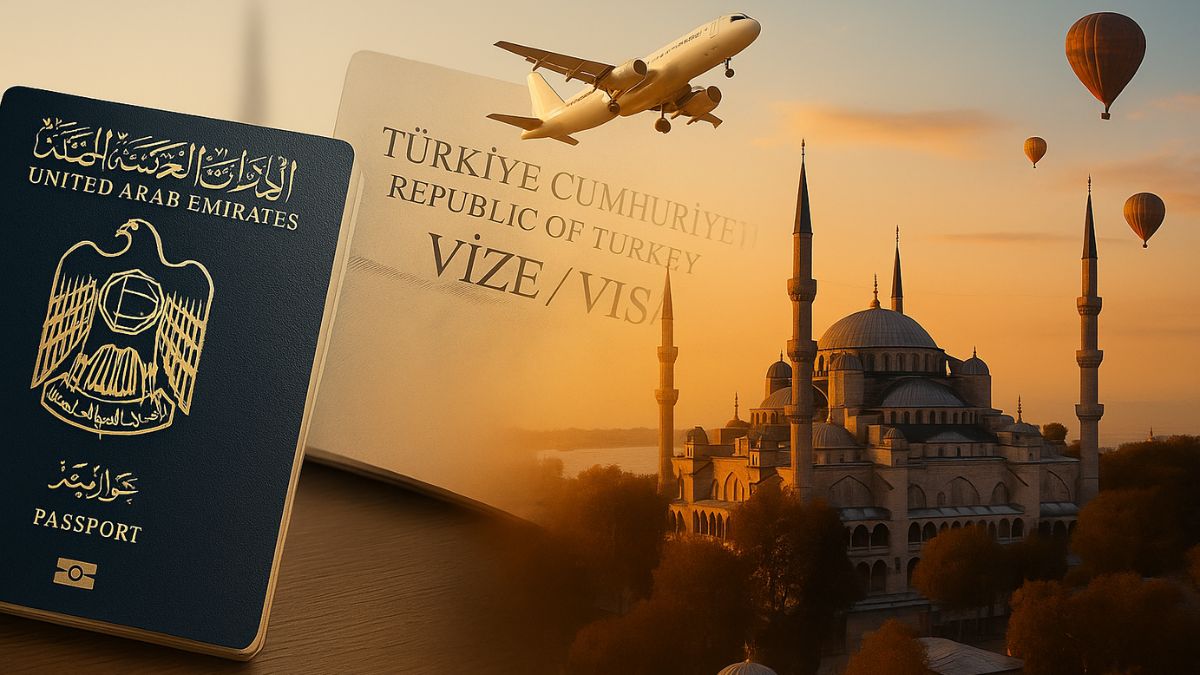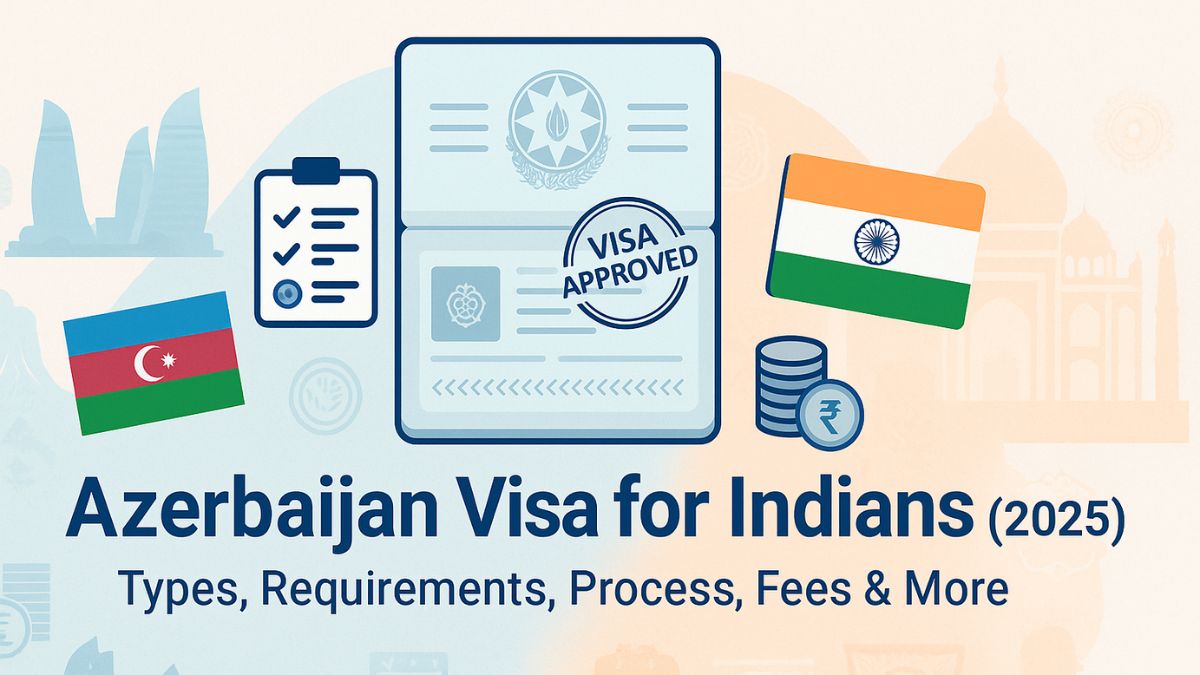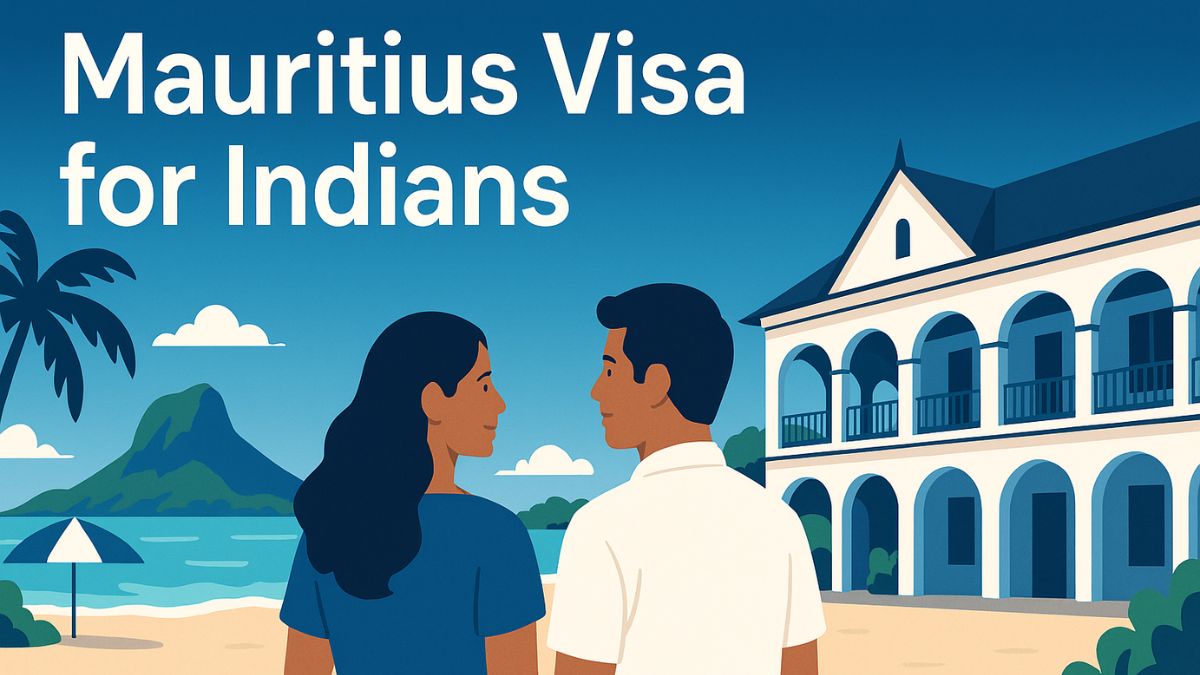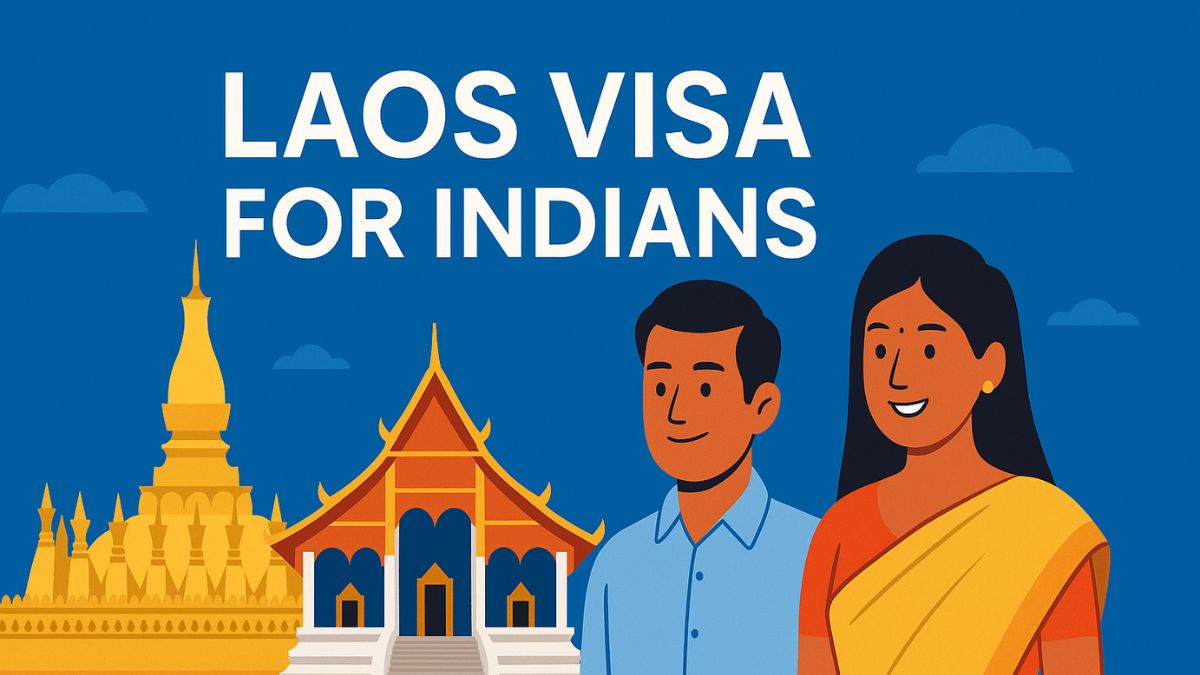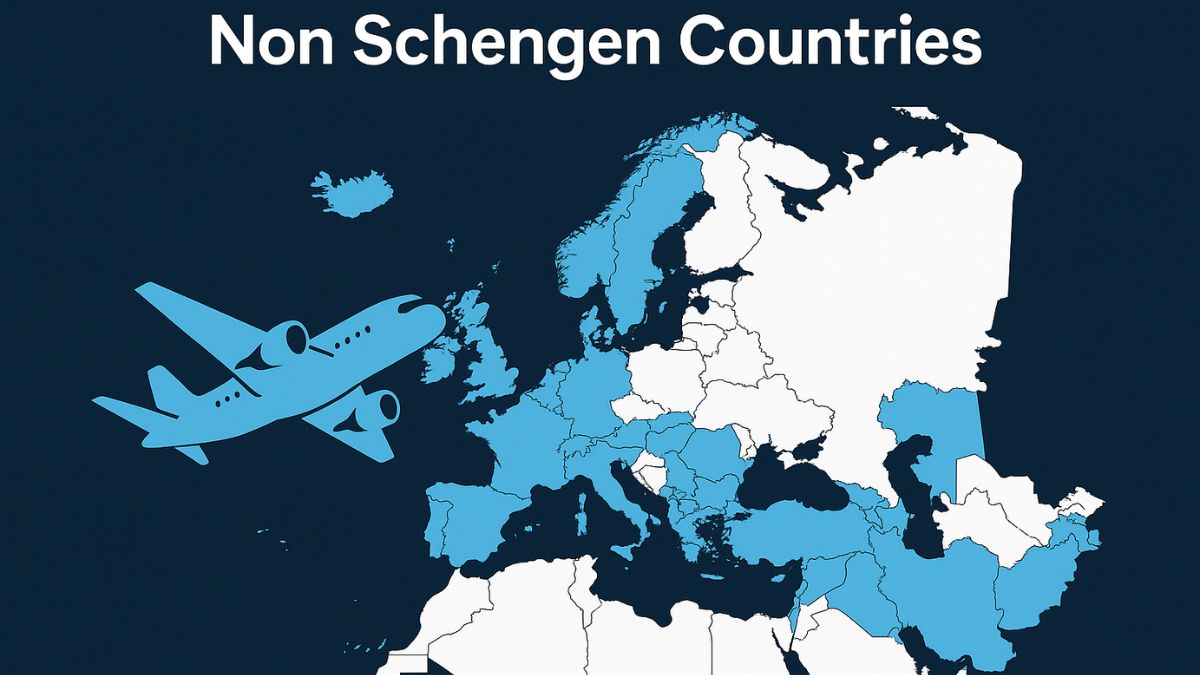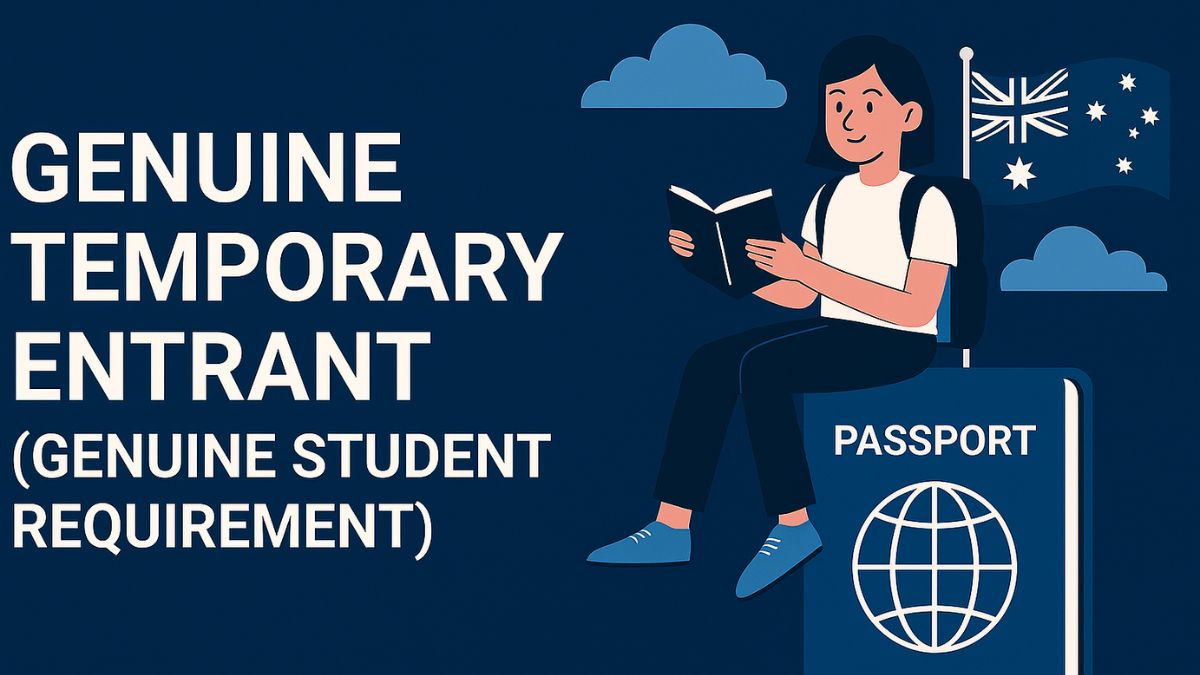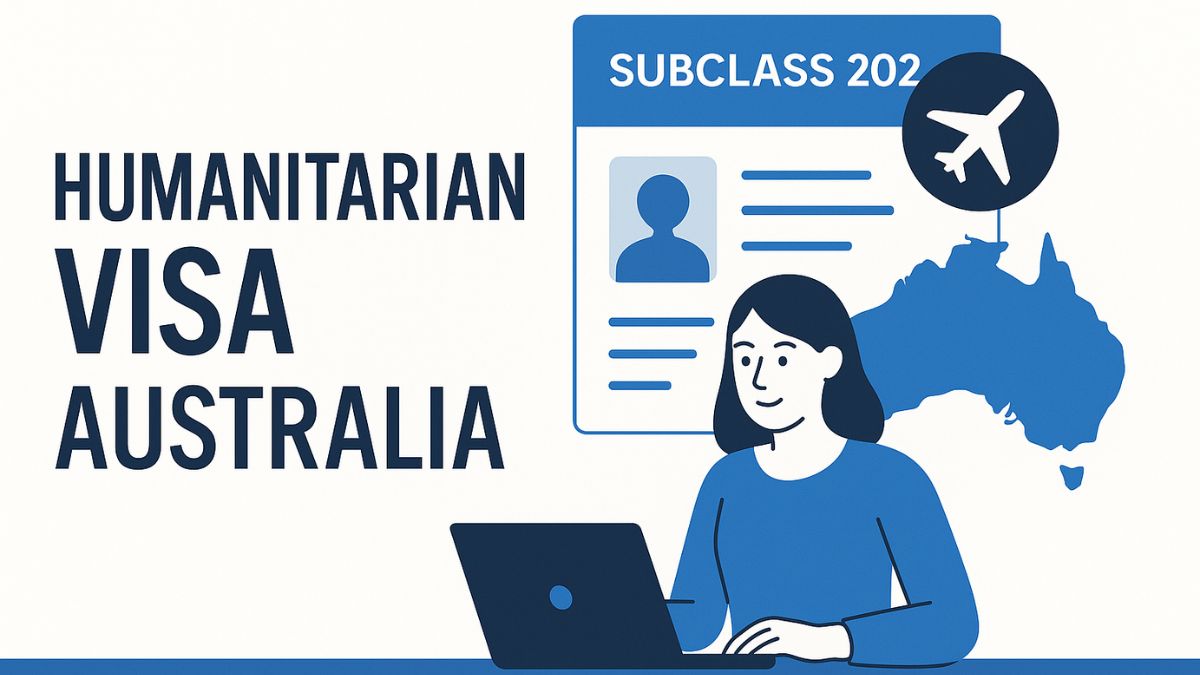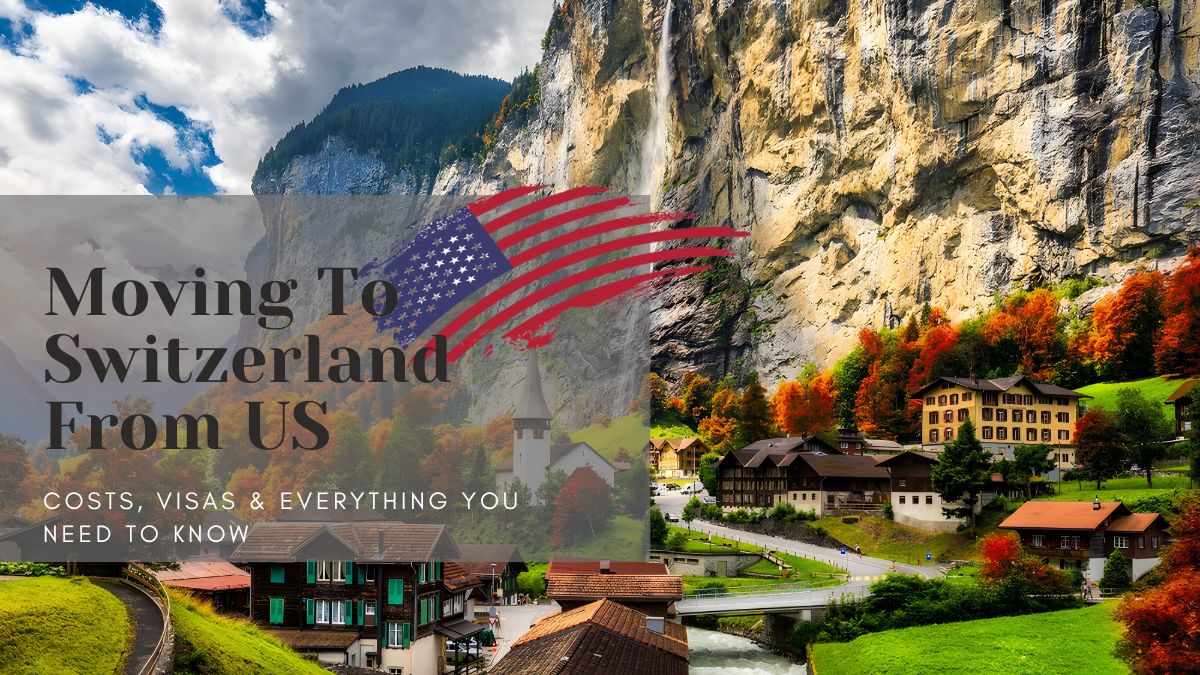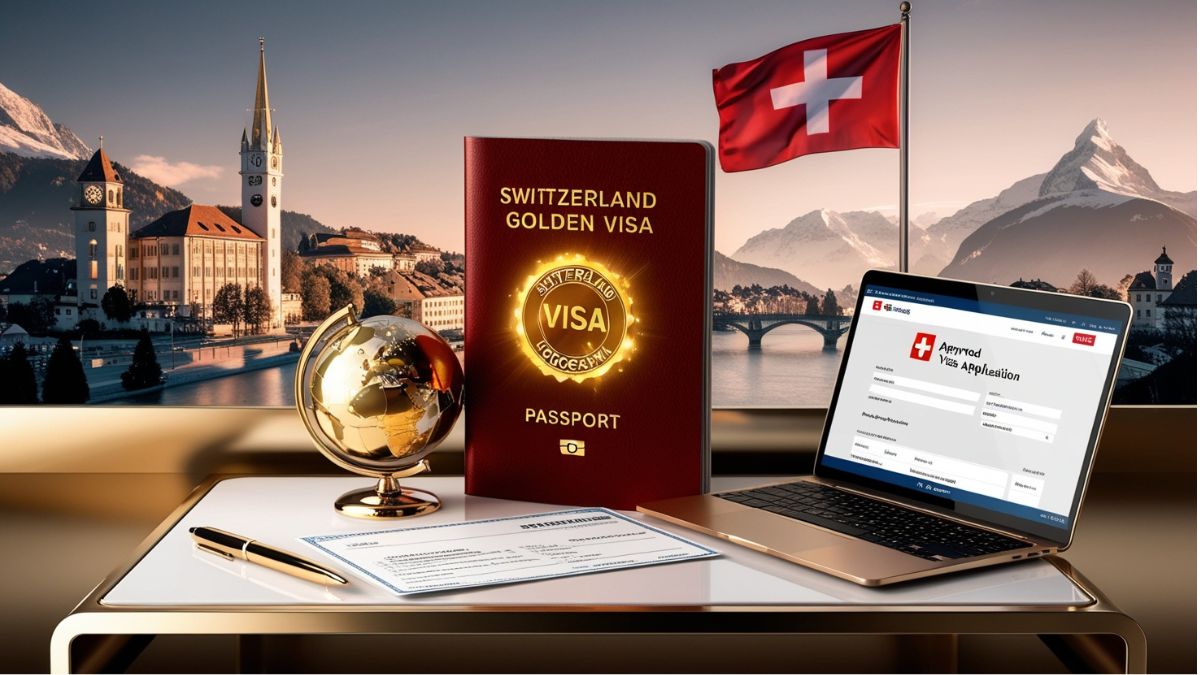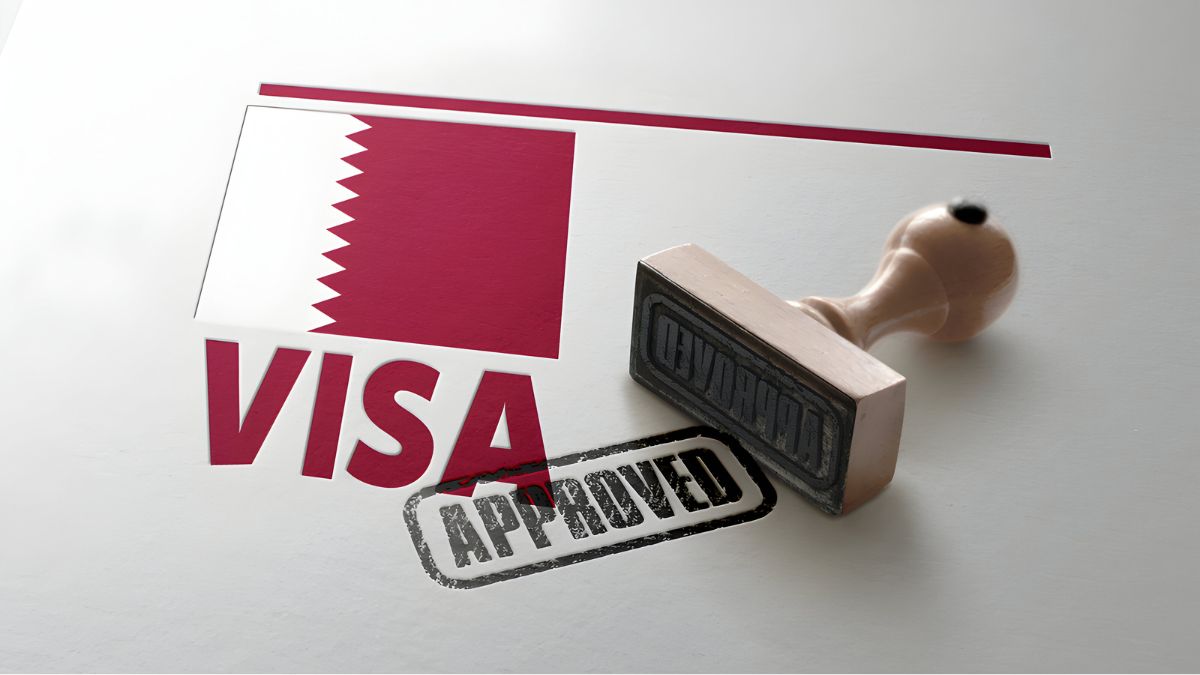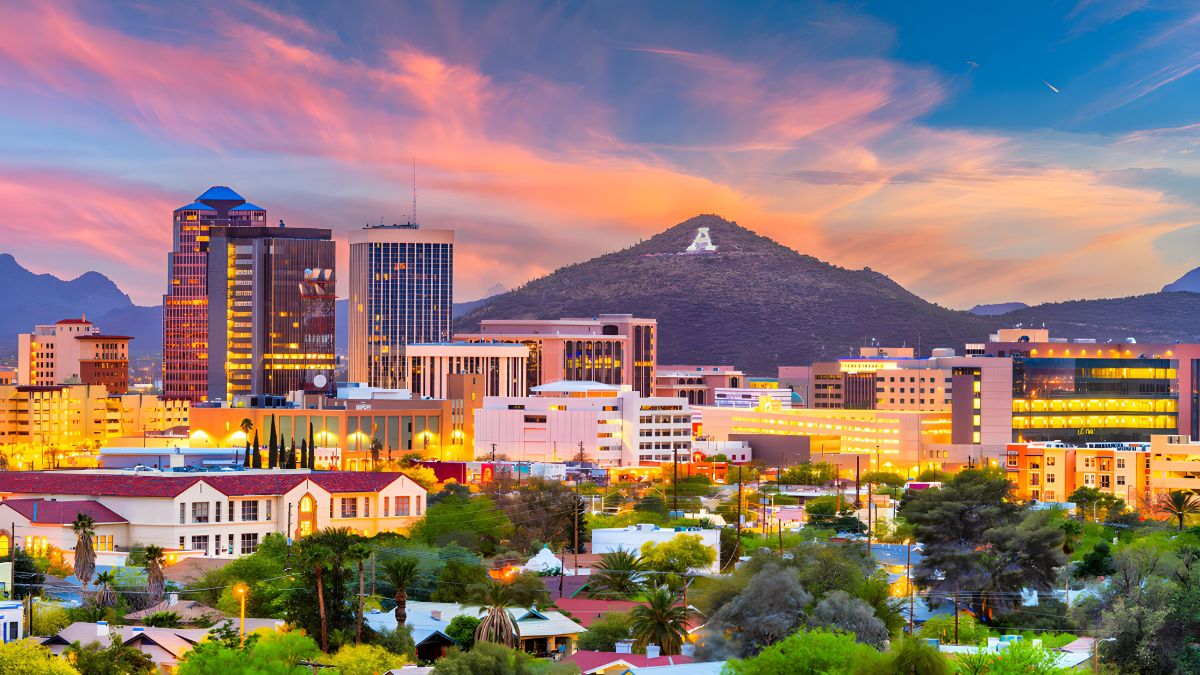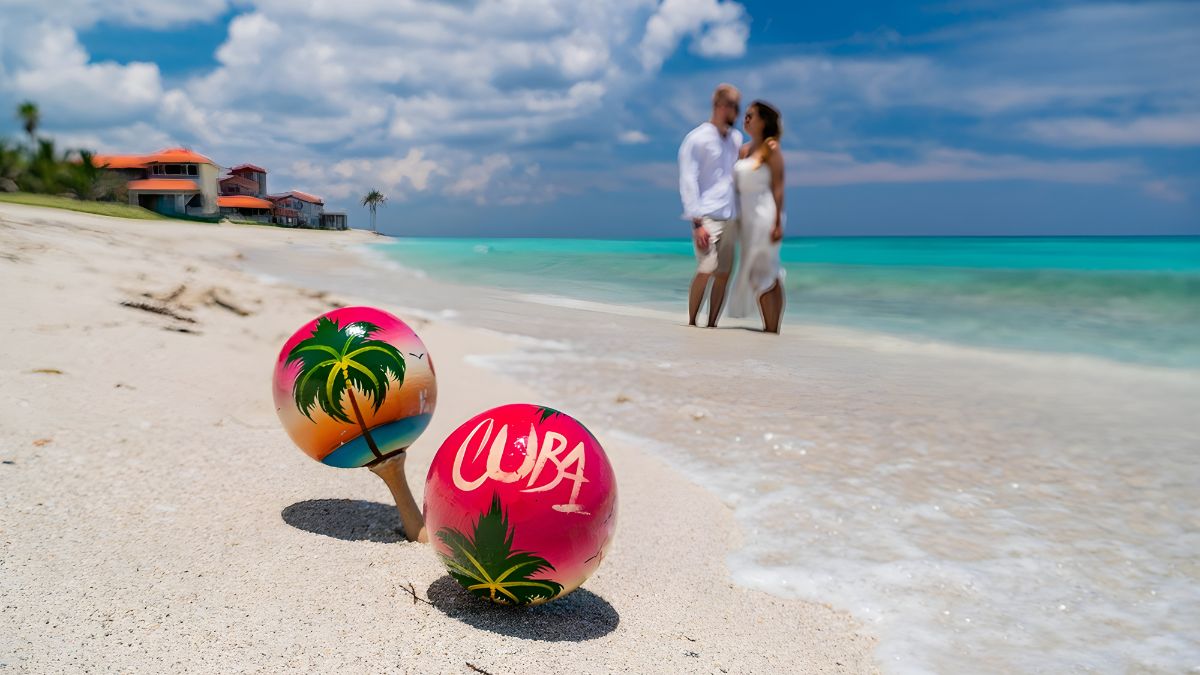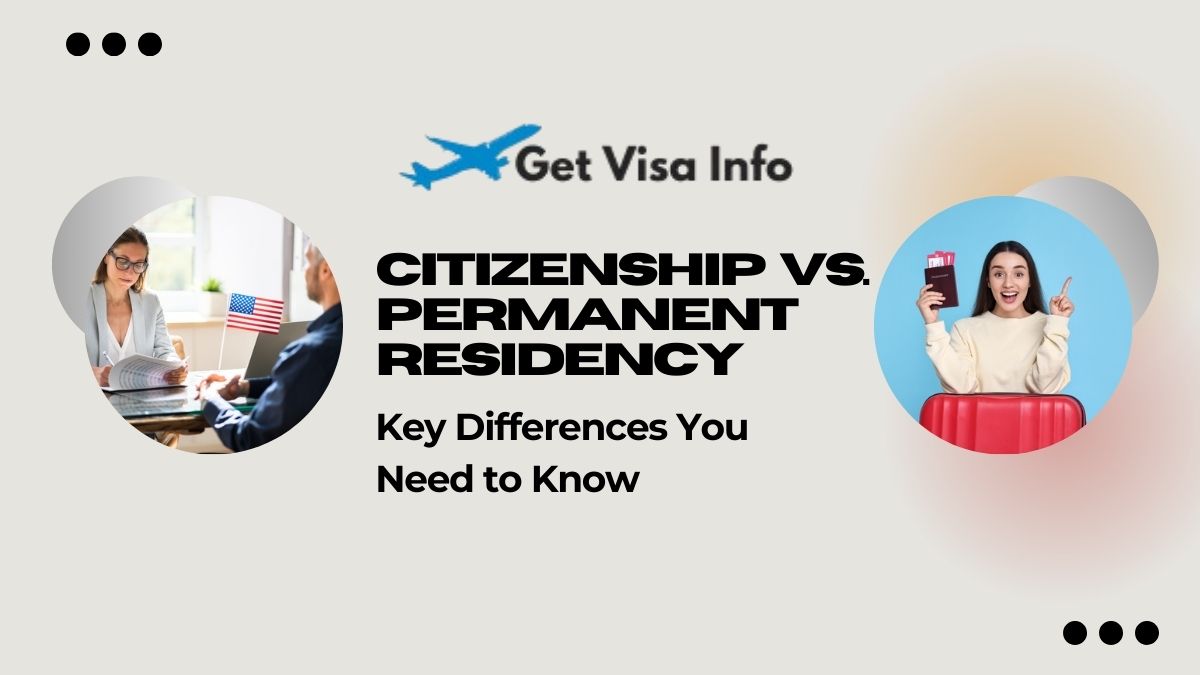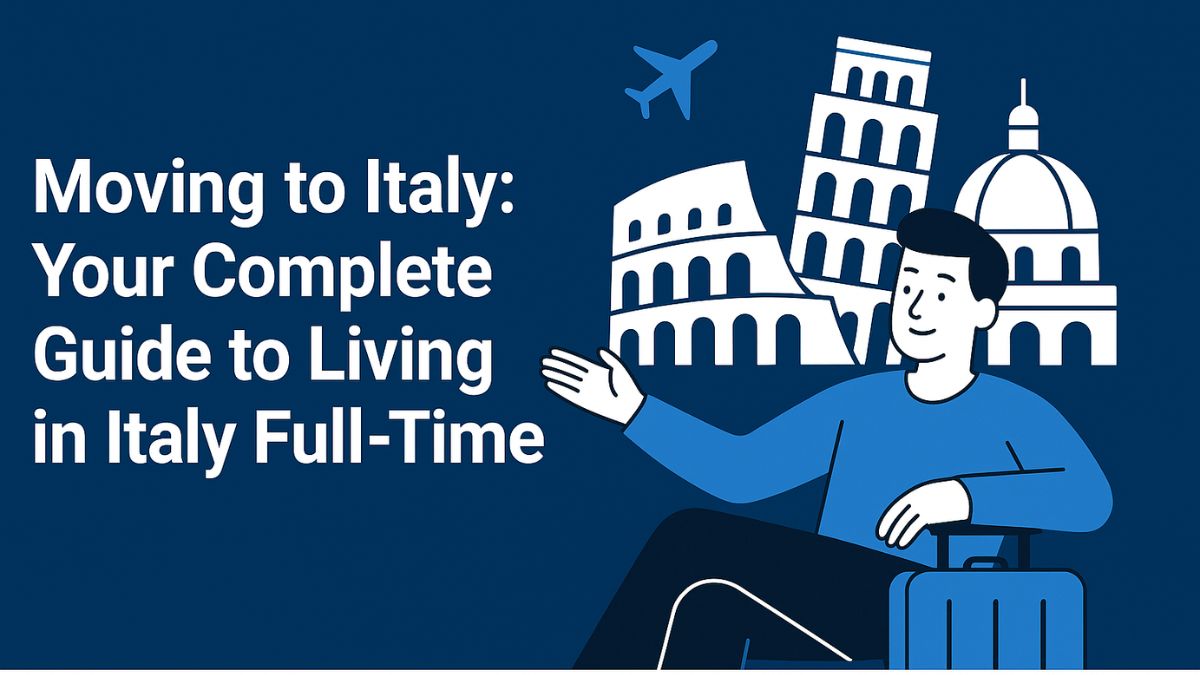
- April 20, 2025
- Heisenberg
- 0
So, you’re dreaming of La Dolce Vita? Maybe it’s the idea of sipping espresso in a sun-drenched piazza, or perhaps it’s the allure of cobblestone streets, ancient ruins, and mouthwatering pizza. Whatever it is, moving to Italy full-time is a fantasy for many—and a reality for some.
But, let’s be real. Packing your bags and starting a new life in Italy isn’t just about pretty Instagram photos and pasta (though, let’s admit, both are major perks). There are visas to consider, bureaucracy to wade through, and cultural quirks that might surprise you.
This guide will walk you through it all: the logistics, the lifestyle, the legal stuff, and the little things you probably haven’t thought about. Ready? Andiamo!
Why Move to Italy?
Let’s start with the obvious: Italy is stunning. From the snowy Alps in the north to the sun-soaked beaches of Sicily in the south, the country has no shortage of jaw-dropping scenery. Then there’s the art, the architecture, the gelato, the family-centric lifestyle, and yes—arguably the best cuisine on the planet.
But beyond aesthetics, Italy offers a slower, more intentional pace of life that many find refreshing. The work-life balance leans heavily toward “life,” and even in bigger cities, people take time to enjoy a long lunch or an evening passeggiata (leisurely walk).
Plus, Italy is incredibly well-connected to the rest of Europe, so if you’re the type who loves to hop around the continent, it’s a great base.
Getting the Right Visa
Here comes the paperwork part (we promise it’ll be as painless as possible to explain).
If you’re planning to live in Italy long-term (more than 90 days), you’ll need a national visa (also called a long-stay visa or Type D visa), and eventually, a residence permit (permesso di soggiorno). The type of visa you apply for depends on why you’re moving:
1. Elective Residency Visa
Perfect for retirees or those who can financially support themselves without working in Italy. You’ll need proof of stable, passive income—think pensions, rental income, or investments. A job offer in Italy? Not allowed under this visa.
2. Work Visa
This one’s trickier. Italy has a quota system (called the decreto flussi) that limits the number of non-EU workers who can enter each year. You’ll need a job lined up in advance, and your employer must handle part of the application process.
3. Student Visa
Planning to study at an Italian university? The student visa allows you to stay for the duration of your program and even work part-time (up to 20 hours a week).
4. Self-Employment Visa
Are you an entrepreneur, freelancer, or remote worker? This is an option, but it’s notoriously bureaucratic and requires approval from several Italian government agencies. You’ll also need to show financial self-sufficiency.
5. Family Reunification Visa
If you have immediate family legally residing in Italy, you may be eligible to join them.
Pro Tip: Once you enter Italy, you must apply for the permesso di soggiorno within 8 days. This is your legal ticket to actually stay in the country, and it’s not optional.
Finding a Place to Live
City life or countryside? Apartment or villa? Italy has something for everyone, but choosing where to settle is key.
Popular Destinations:
- Rome – The capital, full of history, bureaucracy, and endless energy.
- Florence – A smaller city vibe with Renaissance flair.
- Milan – Chic, modern, and great for jobs in fashion, design, and finance.
- Bologna – A university city with incredible food and a youthful vibe.
- Southern Italy (Puglia, Calabria, Sicily) – More affordable, slower-paced, and gloriously sunny.
Rental prices vary wildly. In Milan, a one-bedroom apartment in the city center might run you €1,500/month. In a smaller town in Sicily? More like €300-€500. Utilities, condo fees (spese condominiali), and internet are often extra.
Fun Fact: Most Italian apartments come unfurnished. And we’re not just talking no furniture—sometimes there are no kitchen cabinets, stoves, or light fixtures.
![]()
Learning the Language
You don’t need to be fluent on Day 1—but knowing some Italian will vastly improve your experience. Not everyone speaks English, especially in smaller towns. Plus, your life will be easier when dealing with public offices, landlords, and grumpy postal workers.
Take a course. Download Duolingo. Hire a tutor. Whatever you do, start before you move.
Oh, and while we’re at it: Italians really appreciate when you try, even if you mess up.
Navigating Italian Bureaucracy (Deep Breaths)
Italy has many charms. Its bureaucracy is not one of them.
Expect delays, conflicting information, and seemingly endless paperwork. Your patience will be tested. Always bring more copies than you think you’ll need. Don’t be afraid to ask the same question three different ways. And maybe bring cookies to the comune office—can’t hurt.
Also, most official websites are in Italian and not always up-to-date, so local expat Facebook groups or forums (like Expats in Italy or Expat Exchange) can be lifesavers.
Healthcare in Italy
Good news: Italy’s healthcare system is ranked among the best in the world. It’s public, largely free or low-cost, and available to residents.
As a foreigner, once you obtain your permesso di soggiorno and register with the local health authority (ASL), you can sign up for the Servizio Sanitario Nazionale (SSN). You’ll be assigned a general practitioner and gain access to clinics and hospitals.
Many expats also carry private insurance, at least at first, just to bridge any gaps.
Cost of Living: What to Expect
Compared to other Western European countries, Italy is surprisingly affordable—especially outside of the major cities.
| Category | Approx. Monthly Cost (EUR) |
| Rent (1-bed, mid-size city) | €500 – €1800 |
| Utilities & Internet | €200 – €300 |
| Groceries | €150 – €250 |
| Public Transport Pass | €35 – €55 |
| Eating Out (mid-range) | €15 – €30 per meal |
Eating local and seasonal foods will save you money. And wine? It’s cheaper than bottled water in some places. No, seriously.
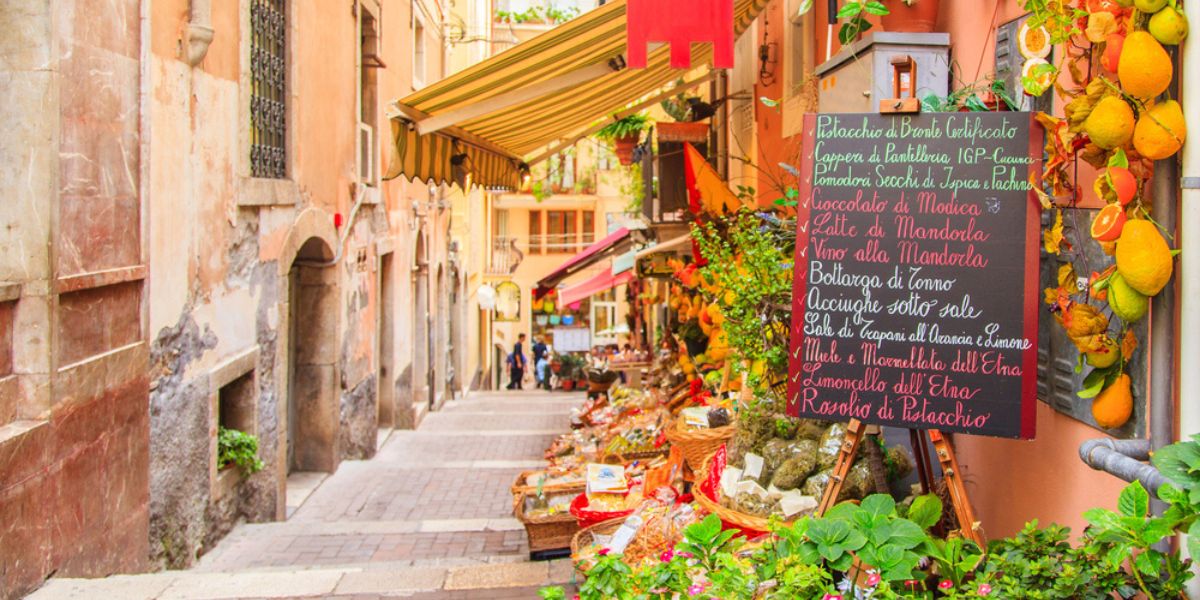
What About Jobs?
If you’re an EU citizen, you can work freely in Italy. Non-EU citizens will need a work visa, as we mentioned earlier.
The job market can be tough, especially for non-Italians without fluency. Sectors like hospitality, teaching English, tech (mostly in Milan), and tourism are more open to foreigners.
Freelancers and remote workers: Italy is warming up to the idea, but there’s no official “digital nomad” visa yet. That said, some use the self-employment visa as a workaround—just be ready to show business plans, financials, and jump through some hoops.
Cultural Quirks to Know
Living in Italy isn’t the same as vacationing there. You’ll face some surprises. For example:
- Shops close in the afternoon. Many places shut down from 1–4 PM. It’s called the riposo, and it’s real.
- Time moves differently. Appointments may start late. People arrive casually. Things take… time.
- No coffee to go. Espresso is meant to be sipped at the bar, quickly. Takeaway cups? Very un-Italian.
- Cash is still king. Credit cards are accepted more now, but in many small towns or markets, cash is preferred.
- Sunday is sacred. Many businesses (except restaurants) close entirely.
Making Friends and Building Community
Italy is family-oriented and social, but forming friendships—especially outside of expat bubbles—takes time. Be open, attend local events, take language classes, and say yes to that invitation from your neighbor.
Joining local clubs, volunteering, or even getting a dog (seriously) can be great ways to integrate.
Bringing Pets to Italy
Speaking of dogs—yes, you can bring yours. Italy is pet-friendly! You’ll need an EU Pet Passport or equivalent documentation, microchipping, and up-to-date vaccinations. Check with your airline and vet to make sure you’re compliant.
Conclusion
Moving to Italy full-time is a thrilling, sometimes chaotic, deeply rewarding adventure. From navigating visa requirements and hunting for apartments to savoring slow Sundays and two-hour dinners, the experience is a tapestry of challenges and joys.
Here’s a quick recap of what we covered:
- Choose the right visa based on your situation (retirement, work, study, etc.).
- Get your permesso di soggiorno within 8 days of arriving.
- Decide where in Italy you want to live—cities offer buzz, towns offer charm.
- Learn the language—it opens doors (and hearts).
- Prepare for a healthy dose of bureaucracy.
- Understand the healthcare, cost of living, and job market.
- Embrace the cultural quirks (and the pasta).
And if you’re still thinking, “But how do I start?”, that’s where we come in.
At Get Visa Info, we’re all about helping you navigate visas, immigration, travel, food, culture, and everything in between. Whether you’re planning a short trip or a full-blown relocation, our blog is your go-to hub for honest, practical, and up-to-date info.
Buona fortuna—and see you in Italy!





